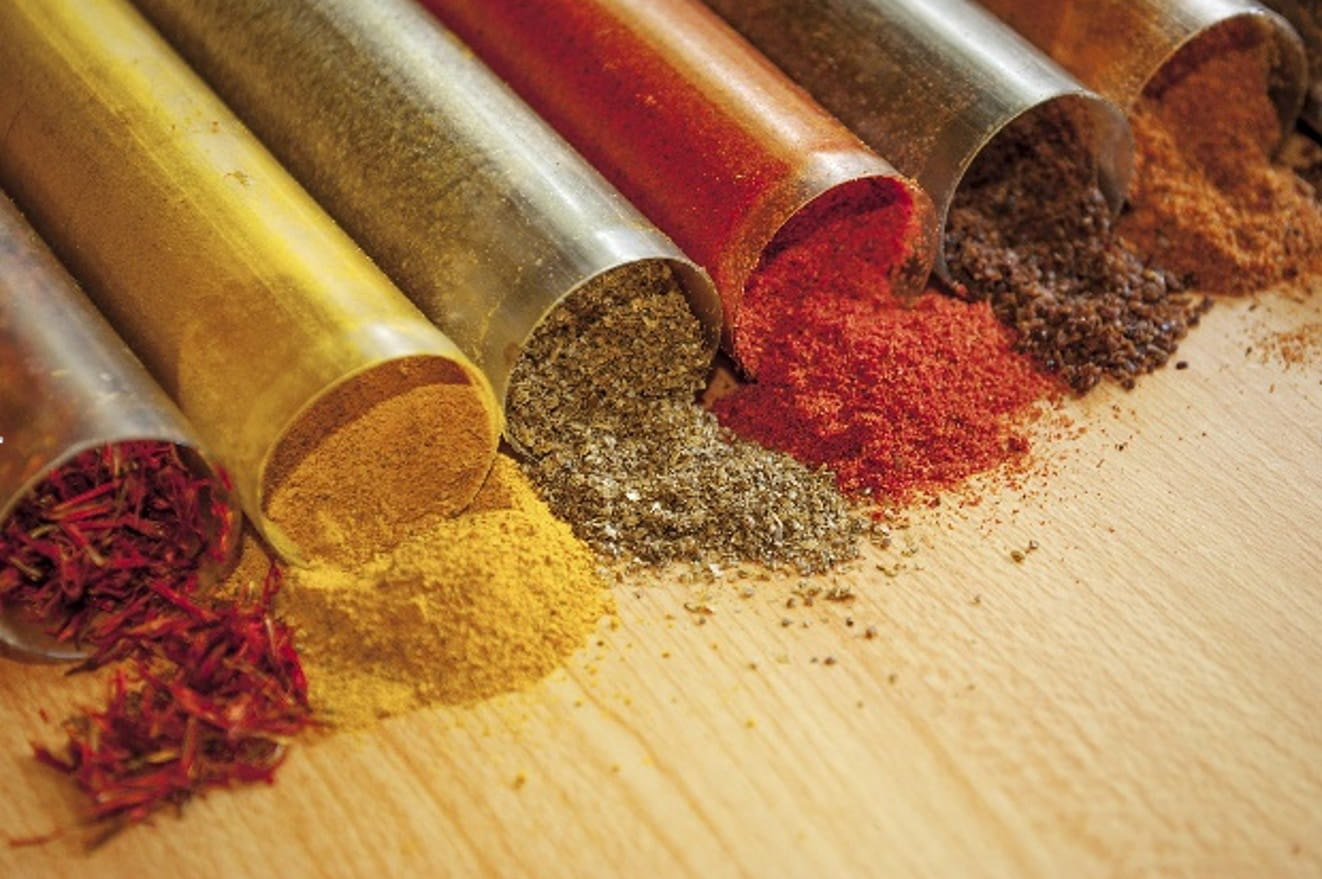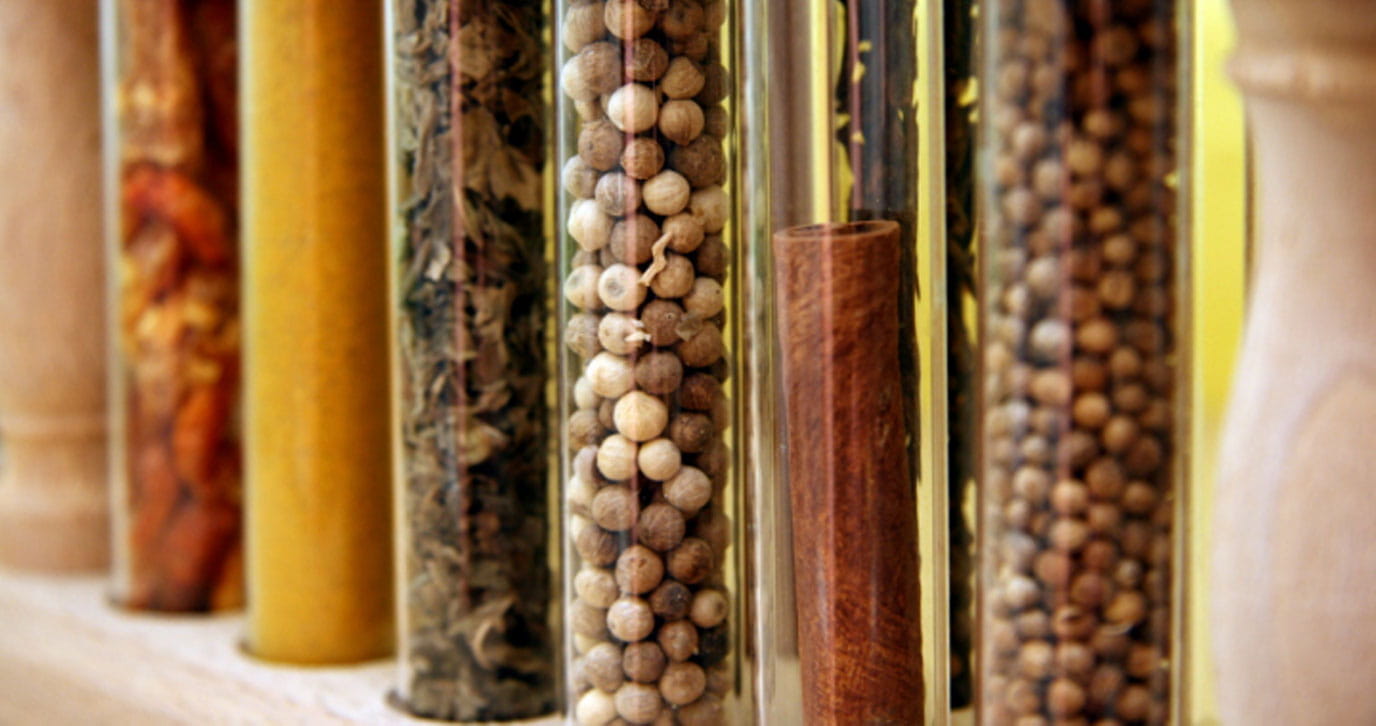July, 2025
Evaluating the Influence of Videos on Medical Professionals’ Perception of Using Herbs and Spices for Healthy Cooking and Potential Application in Patient CareEffects of culinary spices and psychological stress on postprandial lipemia and lipase activity
McCrea, C. E., West, S. G., Kris-Etherton, P. M., Lambert, J. D., Gaugler, T. L., Teeter, D. L., Sauder, K.A., Gu, Y., Glisan, S.L., & Skulas-Ray, A. C

January 2015-- Researchers at The Pennsylvania State University examined the effects of culinary spices and psychological stress on postprandial lipemia and lipase activity. Link to the full text.
Overview
Data suggest that culinary spices are a potent, low-calorie modality for improving physiological responses to high fat meals. A recent pilot study (N = 6 healthy adults) showed that a meal containing a high antioxidant spice blend attenuated postprandial lipemia by 30% compared to a low spice meal. The goal of this study was to confirm this effect in a larger sample and to consider the influence of acute psychological stress on fat metabolism. In vitro methods were used to evaluate the inhibitory effect of spices on digestive enzymes.
Methods
A 2 x 2, randomized, 4-period crossover design compared the effects of 14.5 g spices (black pepper, cinnamon, cloves, garlic, ginger, oregano, paprika, rosemary, and turmeric) vs. placebo incorporated into a high fat meal (1000 kcal, 45 g fat), followed by psychological stress (Trier Social Stress Test) vs. rest on postprandial metabolism in 20 healthy but overweight adults. Blood was sampled at baseline and at 105, 140, 180, and 210 minutes for analysis of triglycerides, glucose, and insulin. Additional in vitro analyses examined the effect of the spice blend and constituent spices on the activity of pancreatic lipase (PL) and secreted phospholipase A2 (PLA2). Mixed models were used to model the effects of spices and stress (SAS v9.3).
Results/Conclusions
Serum triglycerides, glucose and insulin were elevated following the meal (p < 0.01). Spices reduced post-meal triglycerides by 31% when the meal was followed by the rest condition (p = 0.048), but this effect was not present during stress. There was no effect of the spice blend on glucose or insulin; however, acute stress significantly increased both of these measures (p < 0.01; mean increase of 47% and 19%, respectively). The spice blend and several of the individual spices dose-dependently inhibited PL and PLA2 activity in vitro.
Inclusion of spices may attenuate postprandial lipemia via inhibition of PL and PLA2. However, the impact of psychological stress negates any influence of the spice blend on triglycerides, and further, increases blood glucose and insulin.






